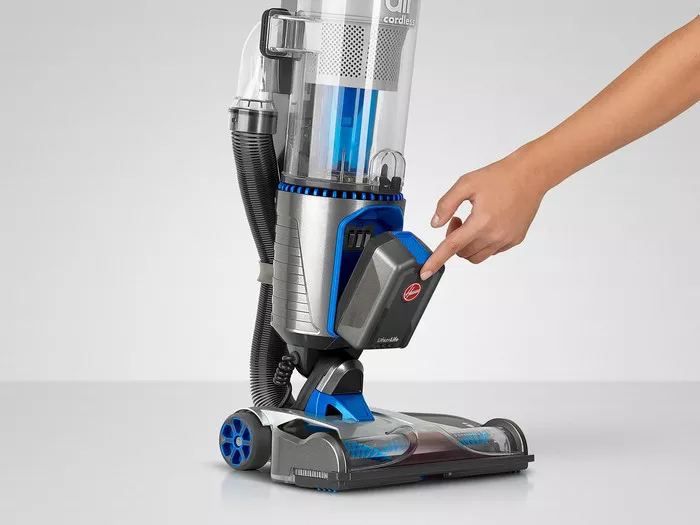In the bustling world of vacuum cleaners, where options abound and features dazzle, understanding the significance of air watts can be the differentiating factor between a lackluster purchase and a cleaning powerhouse. In this comprehensive guide, we delve into the realm of air watts (AW), unraveling their meaning, exploring their calculation, and illuminating their importance in the pursuit of pristine spaces. So, let’s embark on this journey to demystify air watts and equip you with the knowledge to make informed decisions when selecting your next vacuum cleaner.
Definition of Air Watts
Air watts, often abbreviated as AW, serve as the quintessential metric for assessing the suction power and airflow performance of a vacuum cleaner. Unlike traditional watts, which primarily measure electrical power consumption, air watts delve into the vacuum’s ability to generate suction and move air, pivotal elements in its cleaning efficacy. In essence, air watts provide consumers with a tangible indicator of a vacuum’s cleaning muscle, offering insights beyond mere wattage ratings.
Explanation of Air Watts Calculation
Calculating air watts involves a sophisticated formula that combines airflow (measured in cubic feet per minute, CFM) with suction power (measured in inches of water lift). By multiplying these two parameters, manufacturers derive the air watts rating, which offers a more nuanced representation of a vacuum’s cleaning prowess. This holistic approach accounts for both the volume of air moved by the vacuum and the force with which it can extract dirt and debris from surfaces.
Significance of Air Watts
Why should consumers pay heed to air watts when perusing the vast array of vacuum cleaners on the market? The answer lies in the correlation between air watts and suction power. Generally, higher air watts indicate superior suction capabilities, which directly translate to more effective cleaning performance. Whether tackling stubborn pet hair, fine dust particles, or entrenched debris, a vacuum boasting ample air watts is poised to deliver impressive results, leaving surfaces immaculate and allergen-free.
Real-World Application
To grasp the real-world implications of air watts, consider scenarios where superior suction power reigns supreme. Picture a household with shedding pets, where dander and fur pose persistent challenges. Here, a vacuum with robust air watts proves invaluable, swiftly capturing pet hair embedded within carpets and upholstery. Similarly, in environments prone to accumulating fine dust or larger debris, such as workshops or busy households, a high-air-watts vacuum ensures thorough cleaning, restoring spaces to their pristine state with ease.
Considerations When Evaluating Air Watts
While air watts serve as a pivotal metric in gauging a vacuum cleaner’s performance, discerning consumers should also consider supplementary factors that influence cleaning efficacy. The design of the cleaning head, the efficiency of the filtration system, the effectiveness of the brush roll, and the overall build quality collectively contribute to a vacuum’s capabilities. Therefore, while air watts provide valuable insights, they should be viewed in conjunction with other features to ascertain a vacuum’s suitability for specific cleaning needs.
Comparison to Other Metrics
In the landscape of vacuum cleaner evaluations, air watts stand alongside other metrics like suction power (measured in Pascal) and motor wattage. While suction power provides a glimpse into a vacuum’s ability to lift dirt, and motor wattage hints at its power consumption, air watts offer a comprehensive amalgamation of both factors. Thus, while suction power and motor wattage offer partial insights, air watts furnish a more holistic perspective on a vacuum’s cleaning prowess, guiding consumers towards informed decisions.
Practical Tips
Armed with knowledge about air watts, consumers can navigate the labyrinth of vacuum cleaner options with confidence. To leverage this understanding effectively, consider your unique cleaning requirements. Assess the surfaces you’ll be cleaning, whether carpets, hardwood floors, or tiles, and prioritize features tailored to your needs. Additionally, factor in considerations like allergies or pet ownership, opting for vacuums equipped with specialized filtration systems or pet-specific attachments. By aligning your purchase with your specific needs, you ensure optimal cleaning results and long-term satisfaction.
Conclusion
In the quest for pristine spaces, understanding the significance of air watts empowers consumers to make informed decisions when selecting a vacuum cleaner. By deciphering air watts’ meaning, exploring their calculation, and appreciating their real-world implications, individuals can navigate the vast landscape of vacuum cleaners with clarity and purpose. Remember, air watts serve as more than just a number—they represent the promise of immaculate cleanliness and unparalleled performance. So, as you embark on your journey to cleaner spaces, let air watts be your guiding light, illuminating the path towards a cleaner, healthier home.

